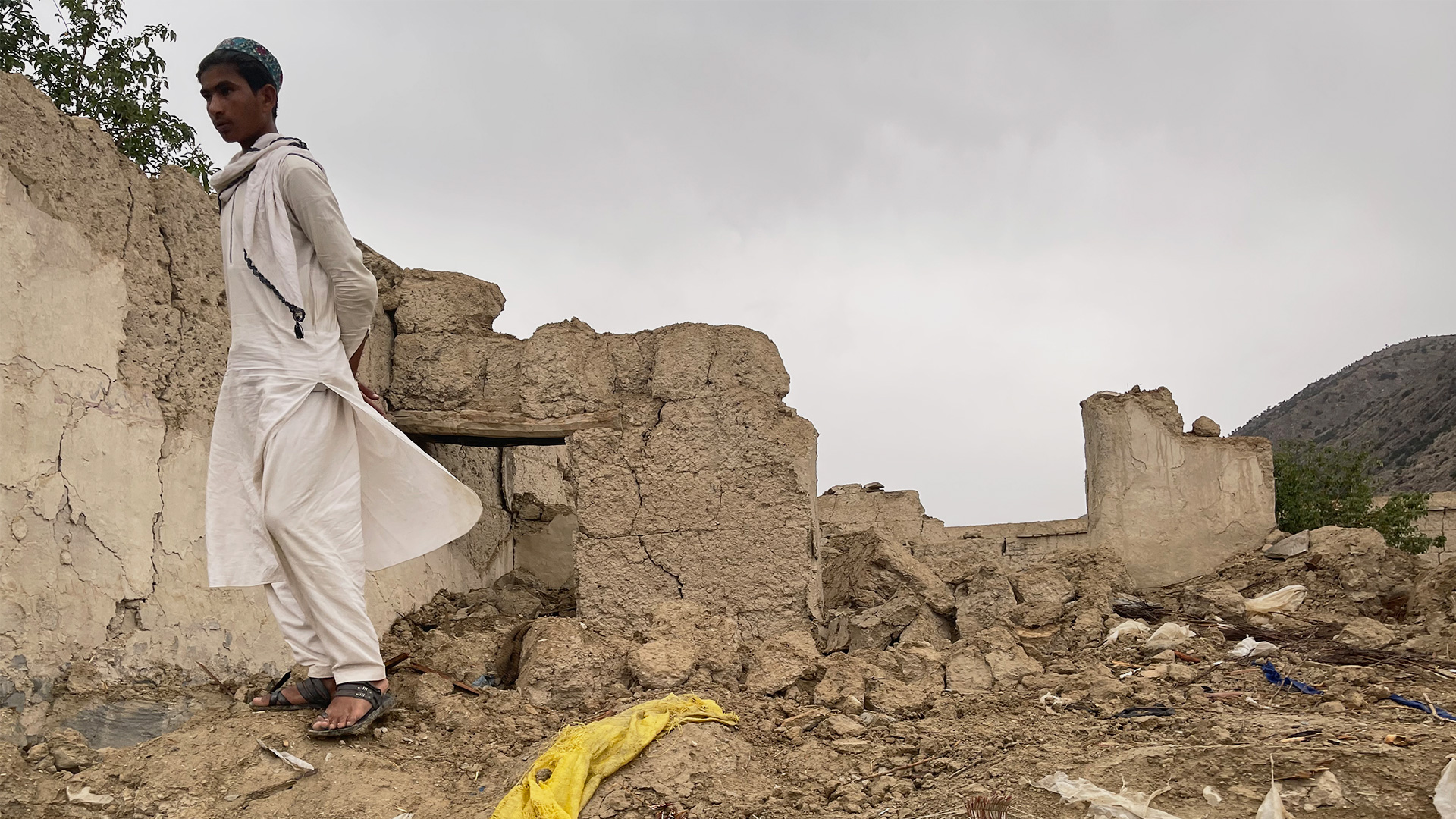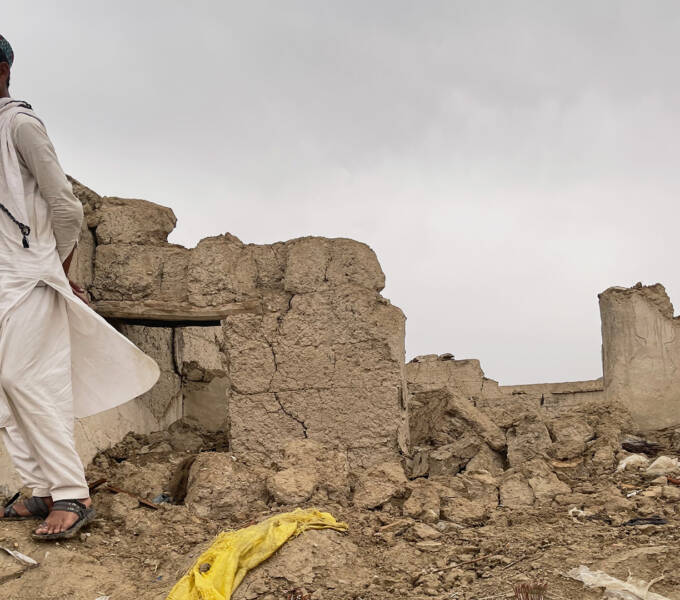August 27, 2022, | KABUL, AFGHANISTAN – On June 22, a 5.9 magnitude earthquake devasted eastern provinces in Afghanistan. The earthquake resulted in the loss of over 1,000 lives, 6,000 injuries, and extensive damage to residential compounds. Estimates after the earthquake approximate over 13,000 families (between 80,000 and 100,000 people) have been rendered homeless. Miyamoto International’s Engineering and Shelter experts deployed to Afghanistan for a 10-day mission to identify common building typologies, common failures, and possible mitigation strategies during reconstruction.
Miyamoto, alongside the International Organization for Migration and local Afghan engineers, conducted damage assessments for over 170 compounds and houses in Khost and Paktika provinces, which represents housing for over 4,000 people. Afghanistan is in a seismically active region where earthquakes continue to pose a significant threat to the vulnerable communities of the area. Miyamoto’s experts assessed traditional building typologies, including pakhsa, mud brick, and stone/rock walls, that had collapsed in the wake of the earthquake to identify strategies for seismic-resistant repairs and recommendations for immediate shelter assistance that utilize these local materials and traditional methods.
“After more than 40 years of conflict, Afghanistan remains one of the most complex humanitarian crises, characterized by chronic and emergency needs. While the earthquake was considered moderate in magnitude, it wreaked havoc in southeastern Afghanistan, where many houses are made of masonry or even mud and were unable to withstand the force of the tremors. With many homes on hills, landslides are also a concern,” said Dr. Kit Miyamoto, Global CEO, Miyamoto International.
The results of the preliminary assessments show that 10% of living spaces are still habitable (suffered no damage), while 57% are repairable and the remaining 33% were completely damaged. Miyamoto’s recommendations include prioritizing external compound wall repair to allow for the free and protected movement of women, reconstruction training that emphasizes seismic-resistant strategies for local building practices, and communications campaigns on safe repair methods.

For more information, please contact:
Jorge Berrios Cruz
jberrioscruz@miyamotointernational.com
P- 781 249 8387


